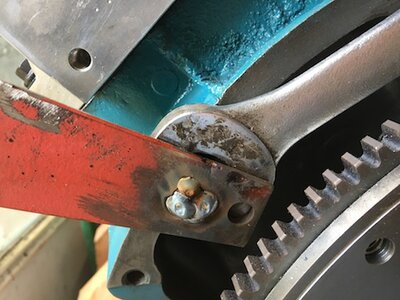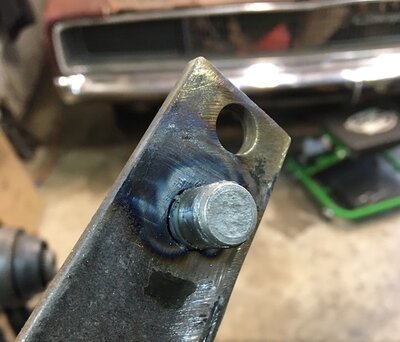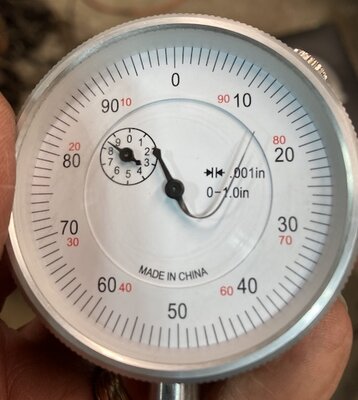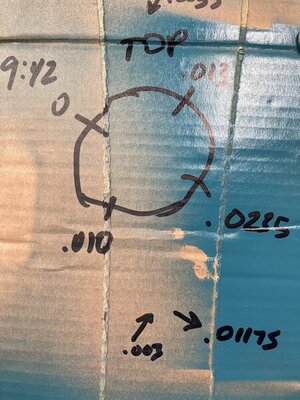biomedtechguy
Accelerati Rapidus Maximus
- Local time
- 8:23 PM
- Joined
- Mar 28, 2014
- Messages
- 35,871
- Reaction score
- 59,537
- Location
- South Louisiana
Thanks buddy..I never use a mag base to hold a dial indicator when doing bell housing checks....not when the crank has threaded holes in it!
It's all I had the first time I did it.







 @andyf did, but I couldn't make out how it was done.
@andyf did, but I couldn't make out how it was done.





















